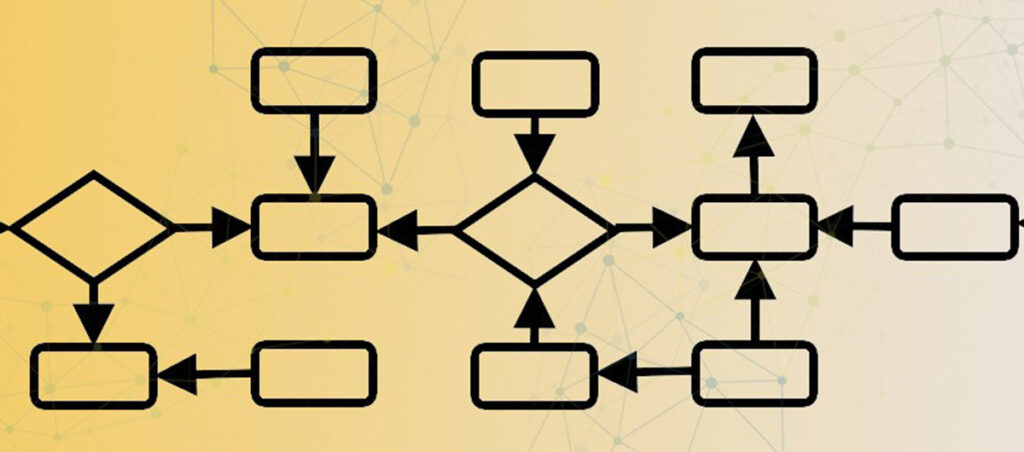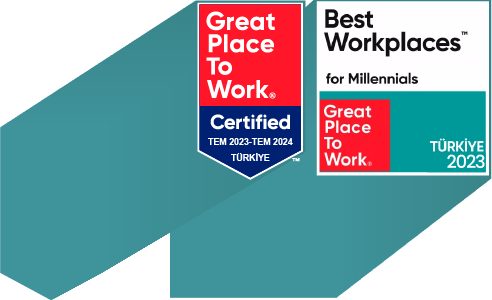
Independent of its size, each business delivers one or more product or service to its customers. A supermarket sells consumer goods, a car service provides maintenance and repair services.
In order to cater to requests of customers, all business units of an enterprise need to provide product and services to each other too. For instance, at a car service, an employee welcomes a customer, fills out a form with his/her requests and complaints. This document will be delivered to a technician and he/she requests the parts or consumables from the warehouse. After the work has been completed, accounting department prints out the bill and accepts payment. Finally, the car will be delivered back to the customer.
In this operation, there’s an inevitable need for coordination and communication of all involved business units. But how can we achieve an efficient coordination and communication? The first step would be drawing a clear and simple model of each function of our organisation, which is called «Process map».

Each function starting with an input set and producing an output set, can be described as a process. Each process has its own nature and involves various actors and instruments. A process map defines the sequence of steps to complete the process including its owner. It’s easy to imagine this map in form of a flowchart. The process map also includes list actions for each step, which can be taken by its operator. Here are some generic questions related to process map drawing. You can add your own questions regarding the nature of your process:
- Who is the owner of the process?
- Is there any assigned business unit or actor to start the process or is it being triggered by an automated action?
- What are the tasks/steps to complete the process and who are responsible for its operation?
- Which actions can be taken for each task/step?
- What is the data to insert, update or delete in each task/step?
- Which documents/forms are required, and which are optional for each task/step?
- What are the business rules to execute after each action and how is the routing going to be?
- Is there any subprocess to start in any of the steps/task?
- What are the conditions to terminate/finish the process?
Process maps are great tools to start driving the organisation into a process-oriented perspective. But they are not enough. A process-oriented organisation aims the total orchestration of all defined processes of itself eventually. We also need to understand and draw all inter-operational relations and interactions between processes, so we can detect the coordination and communication spots and protocols between business units.

Now we can focus on bottlenecks and inefficient steps on each individual process map. These are the main areas, where we can target an optimization and/or improvement. We also can see competency and authorization conflicts, which can be a serious drawback for a flawless run of a process.
Business process management is the key to maximizing cost-efficiency. Through continuous improvement of your processes and eliminating conflicts, you can reach higher individual and unit performances. You also gain a detailed view over complete enterprise, which can have effect on policies of many division. Even HR department can redefine the roles and assignments necessary for your organisation by means of data delivered by the BPM system.
Due to the complexity of organisations and processes in todays world, it’s not possible to carry out all these practices without implementing a technological solution. A Business Process Management (BPM) software can:
- simplify the modeling stage
- automate the execution of business rules
- deliver metrics for measurement
- provide rich number of tools and options for fine tuning
In the end, BPM software is an essential instrument for process orientation. It will help you tracking your business in various ways. Try to choose the correct alternative for your size, budget and needs. We’ll discuss this subject in another article.
